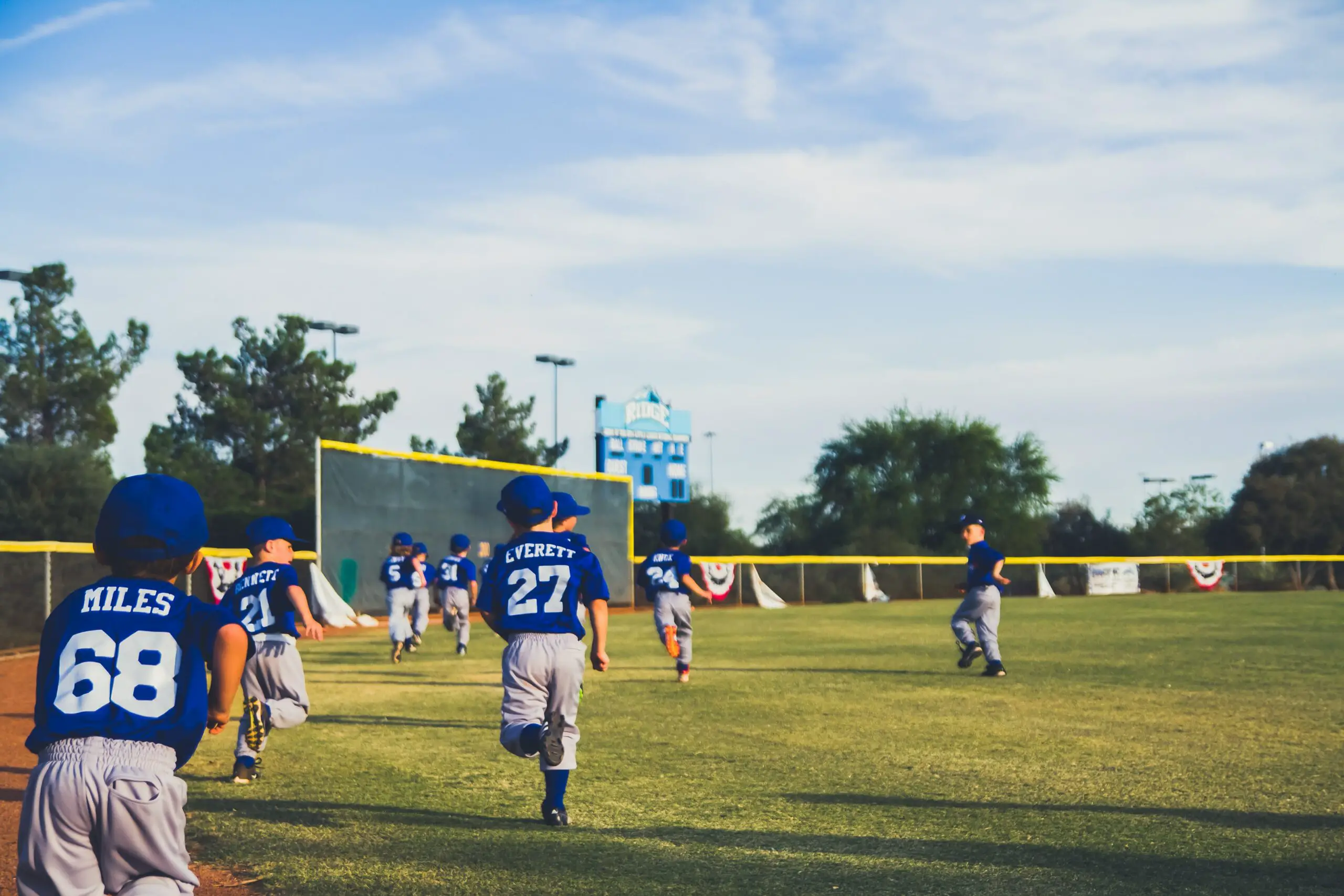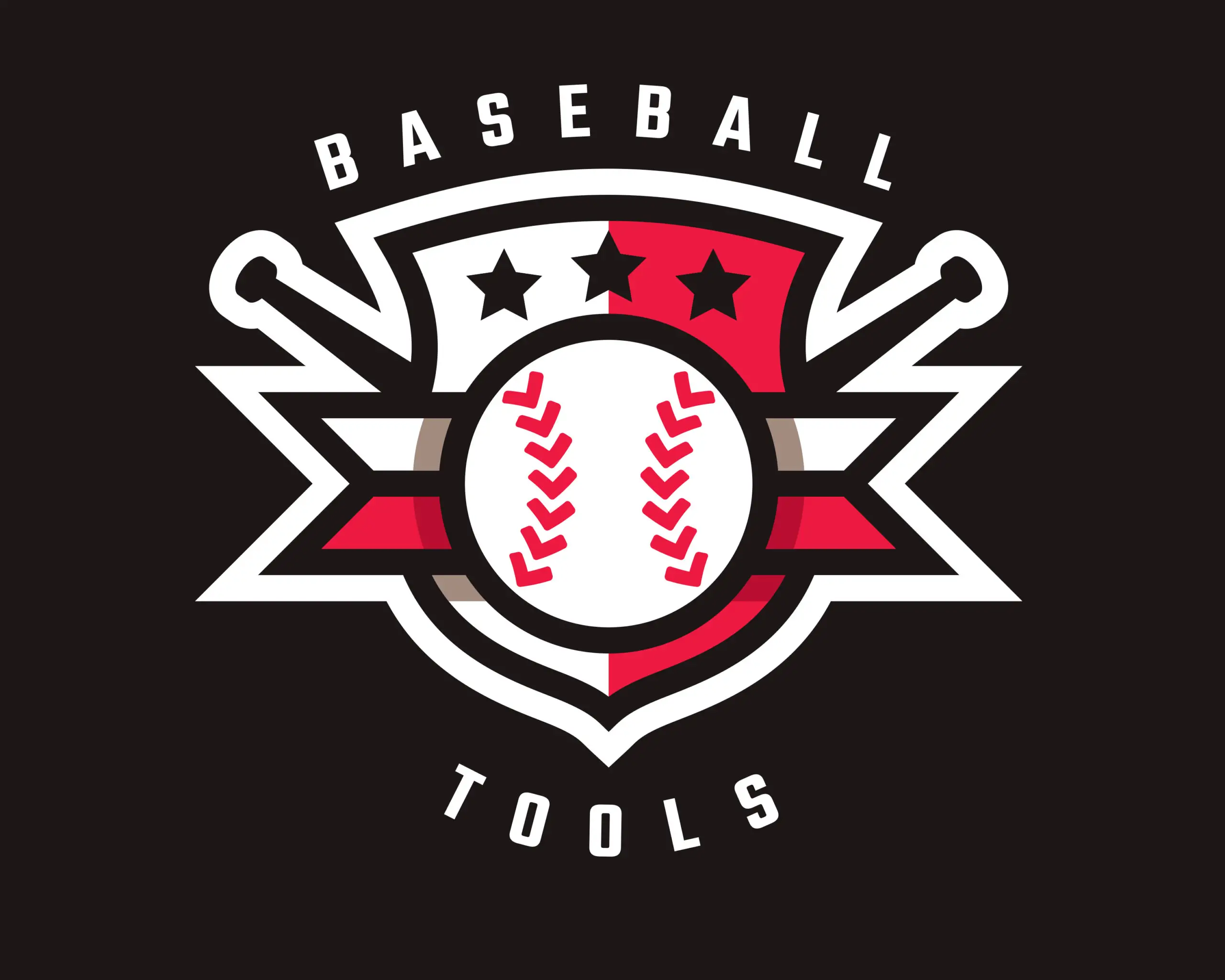Anyone who has ever tried coaching will tell you that it is much harder than it looks. Coaching does not involve only practices and games, as a coach you also have to hold baseball tryouts and make decisions on players and positions.
As a coach, you should know how to structure baseball tryouts and maintain consistency during the tryout in order to get the best results possible. There are a few things you should keep in mind and try out when you host and run tryouts for your baseball team. Follow along with these tips and steps to hold a great, fun, and structured tryout session.
Keep Organization in Mind and Plan Ahead
Prepping beforehand and knowing what you want out of your tryouts will help alleviate stress. We’ve created a baseball tryout assessment you can download to make this easy. Having a plan will increase the chances that you find the right players for your team.
In some situations, tryouts can last a few days and in larger leagues, it could even take a couple of weeks. At a minimum, plan for at least one day that is dedicated to tryouts and player evaluations.
Tryouts can be a grueling process for everyone involved so staying organized is extremely important to running a successful baseball tryout.
Preparing ahead of time can help alleviate some of the headaches that come from tryouts and keeping organized will help you focus on player evaluations during the tryouts.
How to Recruit New Players
Secure a field or tryout space and set the date for tryouts. If you have any coaching assistants, team volunteers or staff members, make them all aware of the date and location that tryouts will be held.
Several days or weeks before the tryouts, you should hold registrations. If you are doing the recruiting yourself, you will need to get the word out.
Promote team tryouts on social media and make flyers if you can. You should e-mail certain places such as schools, athletic programs, and community centers about finding new players for your team.
Some of these places will help you get the word out or at least have a place where you can post a flyer. Make sure that all of the information about when and where the tryouts are is available in your emails, social media posts, and flyers.
It helps if you can have players pre-register. When you have a rough idea of who is coming, the tryouts will run smoothly and more efficiently.
You can use a digital form created with Google Forms for convenience, but a paper form that players can fill out before the tryouts begin and bring on the day of works, too. Make sure that there is a place on the registration form for the player to include the positions they would like to play. This will help you evaluate players for specific positions during the tryouts.
Pre-Tryout Tasks
Before the actual tryouts start, but well after you’ve had people sign up and register to attempt to find a place on the team, there are a few things you should make sure are properly set up.
For example, you should arrive an hour or two early on the day of the tryouts to make sure the field is set up. There should be space set aside for several different activities you’ll need to evaluate your talent; a space to evaluate groundballs, flyballs, pitching, and so on.
This is also the ideal time to check that the equipment is in proper working order and meets league safety requirements.
Plan Ahead for Efficiency
Tryouts should be fun, especially for the players. Do not let the tryouts drag on. Keep everything efficient. It not only sets a great example for the players, but also shows that you run a tight ship.
Know exactly what drills you will be running at the tryout and plan for exactly how long they should take. Make sure that the entire coaching staff is on the same page about efficiency.
Player Sign In
You should group players by age and again alphabetically within in each group for maximum organization and clarity.
You can also print out nametags and other identifiers, just to make sure you can remember your kids’ names and connect them with a face on the day of the tryouts.
A large number on the players’ jersey can also help because it is easier to see from afar. You could have these things printed out in advance if you used pre-registration.
Introduce Yourself
One thing that you should always remember is that you are also being evaluated during tryouts. Players and parents may be new to the team or league and you want to make a great first impression, just as they do. Take some time to introduce yourself to everyone and give them an overview on the team.
Evaluating Talent
There are a number of different ways to evaluate the talent of the kids who come to your tryout, but any way you do it, you should be taking notes and marking areas of strength and weakness for each player.
The notes you take should absolutely include the name of your players and how well they’ve done at different areas throughout the day.
A clipboard and pen will be your best friend on the day of the tryouts and the more thorough the notes taken, the easier it will be for you to decide which teams are on and off the team at a later date.
You can even set up a scoring system and use help to determine the “scores” of each player, as long as you give your assistants proper forethought on how to score the players they’re responsible for. This is included on our baseball assessment form.
Using a grid or spreadsheet layout may help when it comes to evaluation. Make a column with each player’s name and number in it. For the header, choose the areas of evaluation. Throughout the tryouts, score each player in the areas of evaluation to get an overall score at the end.
This can help you with remembering how well a player did in a specific area. It will also make it easier to select players well suited for important positions such as pitcher, catcher, and first base.
If you have a coaching assistant or staff that is helping with player selection, make sure that you brief them ahead of time on the criteria you are looking for and how you want the players scored. Having everyone on the same page before the tryouts will help when it comes to selecting players.
Running the Tryouts
It is finally time for the players to show you what they’ve got. There are several areas that you and your team should be evaluating but keep in mind that a player’s attitude is just as important as their skill level.
Look for players that are enthusiastic, confident, and eager to learn. You want players who are looking for and accept feedback on their performance.
A good player always wants to be better so they will be willing to learn. Find players that are teachable, and you will have a winning team.
Offense and Hitting
When your players are hitting, they should probably be hitting against a pitching machine. Volunteers who are manning the machine should give the kids five or six swing attempts to make contact with a ball.
If the league you’re gathering for is small or the tryouts don’t attract many participants, you can let each player make contact with a ball before moving on, but there will be many times when time is a factor, and you can’t afford to have each child make contact before moving on to the next child.
Depending on how big the tryouts are and how many kids show up, you should allow five or six swings before moving on.
Some parents may be upset with this choice, but again, your hands are tied if there are dozens of kids to move through and limited time to move through them. Make peace with parents to the best of your ability if you find yourself in this situation. Remember that this is your tryout, and you are the coach. View our tips on how to deal with baseball parents.
In terms of talent, you are looking to see if the player makes contact with the ball but also check their swing mechanics, their attitude in the box, and their confidence while at-bat.
A confident player with a decent swing can still become a good or even great hitter. So, keep in mind that contact isn’t everything, especially with youth players.
Defense and Fielding
It is always a good idea to use safety balls, especially if your league is working with younger and potentially unskilled players. Have the kids catch three or four flyballs each before moving on and rotating to the next set of players.
For the infield, kids should be able to choose their positions, based on their perceived skills, and have a few attempts at proving their skill level for the position they’ve chosen.
Watch the players catch the ball. Do they always keep their eyes open and on the ball? Are they getting behind the ball and fully securing it? Where are their hands positioned? How quick is the transfer from catching hand to throwing hand? How is their footwork when they go to make a throw? How accurate is their throw to a baseman?
These are just some of the areas that you want to evaluate for fielding positions both infield and outfield.
Of course, you can have a “fill” option for any players who don’t know what positions they want to play. This option works well for filling in unwanted or unchosen positions by other kids.
Make sure that you are still keeping time and efficiency in mind. Keep tryouts running smoothly and limit the number of catches and throws that players are allowed to make.
Baserunning
Baserunning can be conducted by having kids run the bases at the end of the day. You can test their knowledge of when to run and what situations to watch for, as well as their speed. If your league is more serious, you could time them as well, though this is usually not necessary.
Some areas of evaluation for baserunning can include: the player’s speed, is the player running at the correct time, do they have good reflexes, do they break stride, and if they are touching the bags.
Remember that a lot of these skills are teachable. Natural speed is a great talent to have but with proper conditioning, most players can learn to run the bases effectively and efficiently.
Pitching and Catching
Finally, there’s pitching and catching, two of the most important positions in the game. Since these are specialized positions, they should be made optional for tryouts.
There is no use in wasting time having unskilled and unsure kids pitch and catch if they do not want or need to. You can shift this to the very last thing you do for the day, after the baserunning, or choose to have a separate tryout for the kids who want to pitch and catch.
If you are truly pressed for time or have a bevy of kids who want to try their hand, they should throw about ten pitches each. If you have more time or fewer players, they can throw more pitches. Catchers should also try to catch ten or fifteen balls as well.
Concluding Tryouts
At the end of the day, make sure that you thank everyone for showing up and for their time. Give everyone a pep-talk about how great the tryouts were and how excited you are for the coming season.
Let them know how and when you will be doing selections. Give them a time frame for the results and how they can get them.
It is very important that players and their parents know this information as it will help alleviate some of the calls and emails that you may be bombarded with throughout the coming days.
A high-five or fist bump for everyone that came out is a great way to end the day. Now that you and your team are all suited up, let’s play ball.



